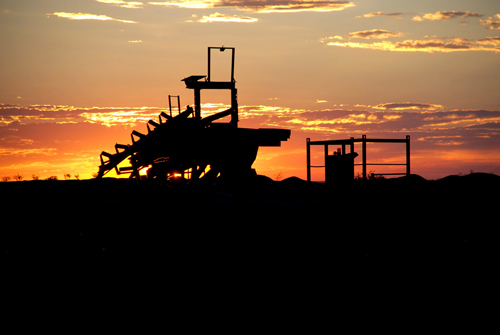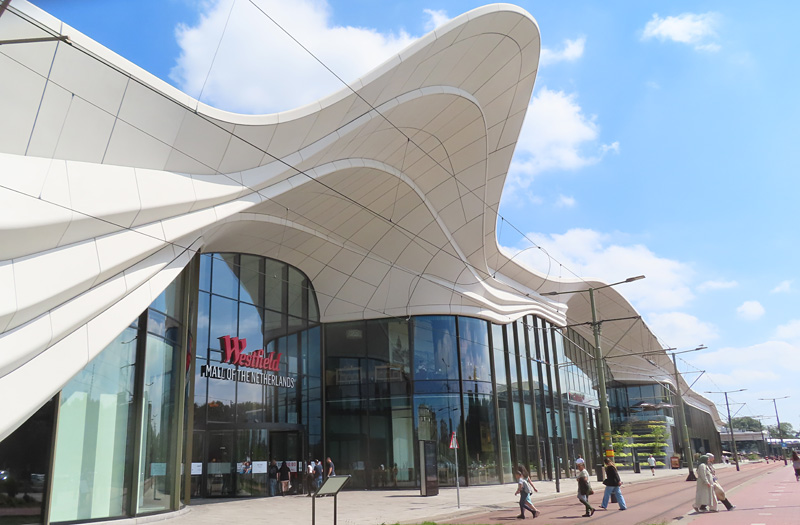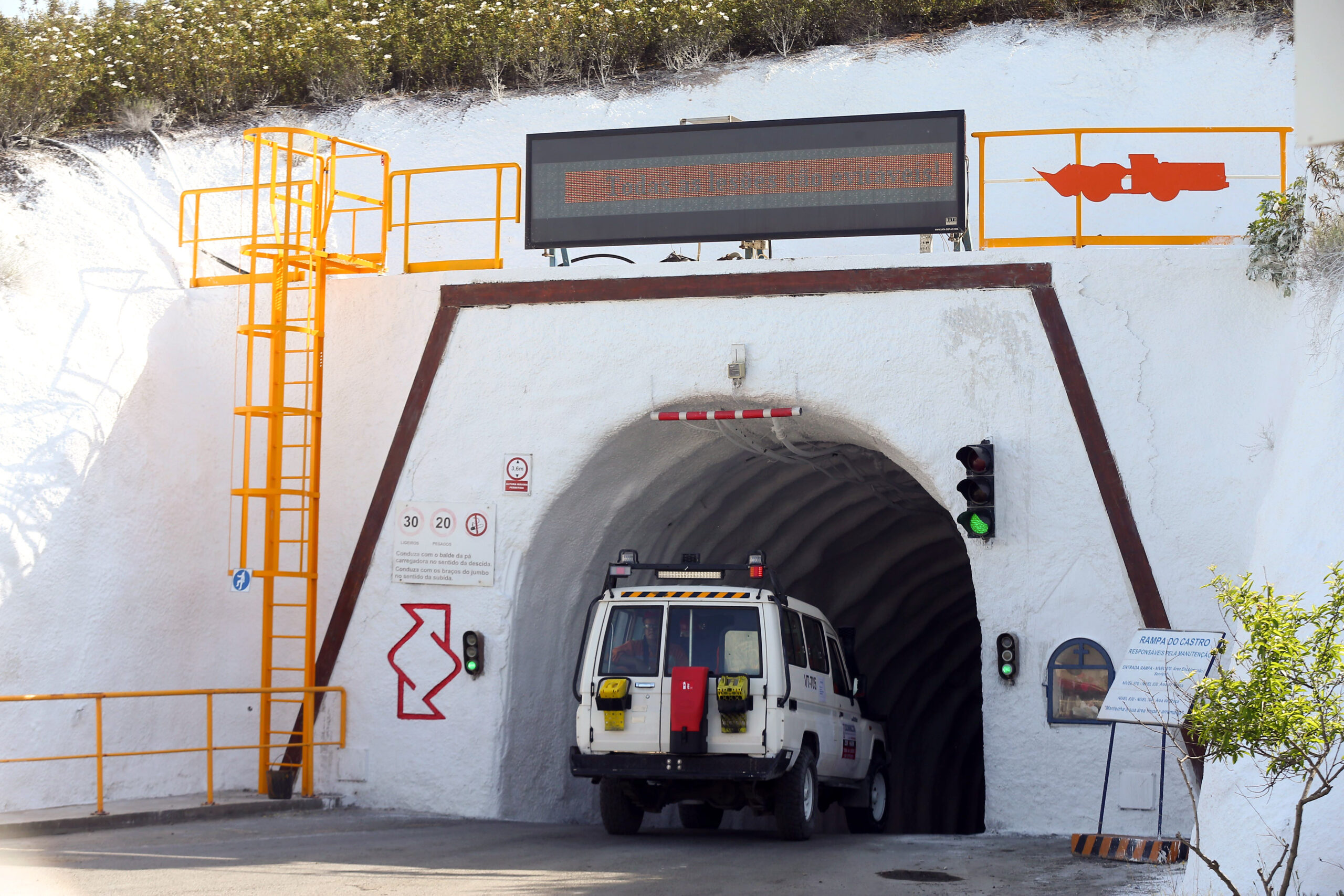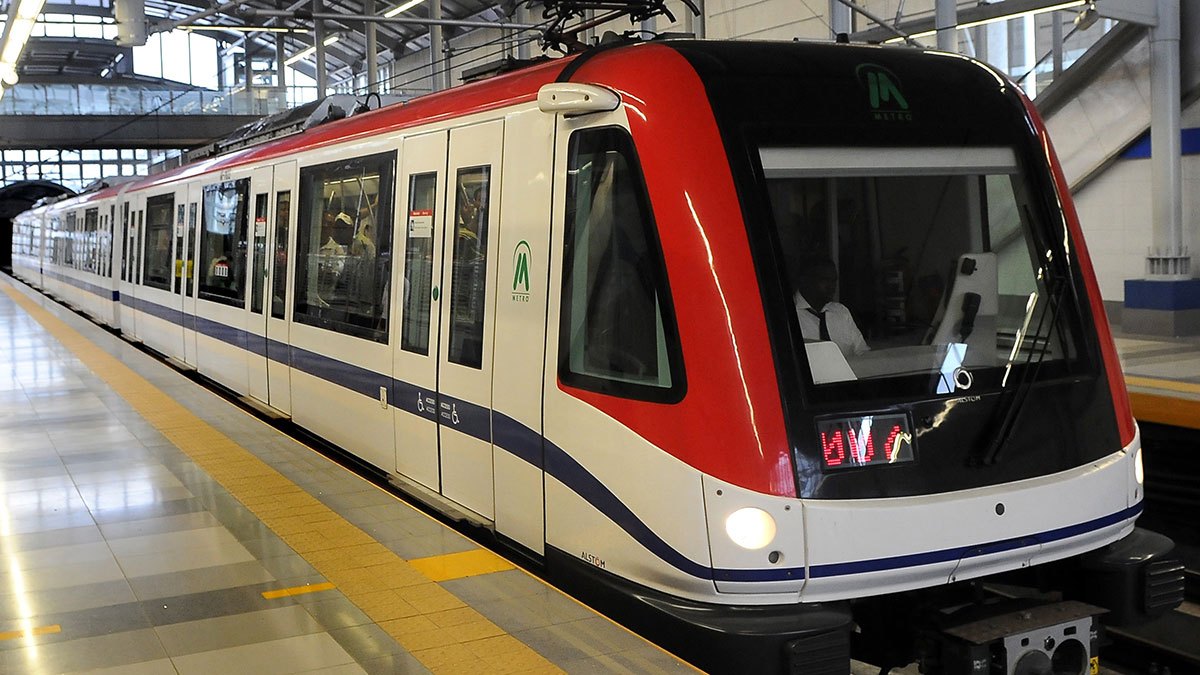
The mining industry has been an integral part of Botswana’s national economy since the early 1990s. At the heart of the industry for the better part of 25 years has been the country’s diamond sector, whose gem quality findings have seen Botswana solidify its position as the world’s leading producer of diamond by value.
Debswana is an important figure within this vital part of Botswana’s economy, producing in excess of 70 percent of the country’s export earnings, 30 percent of its Gross Domestic Product and 50 percent of government revenue.
The originals of the company date back to 1969, when De Beers entered into a 50/50 joint venture with the government of Botswana to unlock the country’s rich diamond resources. The joint venture, Debswana, is now the largest non-government employer in the country, employing approximately 6,300 people, 93 percent of them local.
Debswana today operates some of the world’s richest diamond mines. The mines in question are the Jwaneng Mine, the world’s leading producer of diamonds by value, the Damtshaa Mine, the Letlhakane Mine, and the Orapa Mine, which is the second largest open pit mine on the planet. Together these mines were responsible for producing 22.8 million carats in 2011 alone.
The flagship of the company, due to the substantially higher dollar per carat obtained for its gems, is its Jwaneng Mine, which became fully operational in August 1982, when it was officially opened by the then President of Botswana. Currently being mined to a depth of 350 metres, the resource itself consists of three separate volcanic pipes and vents. Production normally varies according to mining plans of approximately 12.5 to 15 million carats per year.
As is the case with all of Debswana’s mines, the Jwaneng Mine is an open pit operation, one which is currently playing host to a landmark expansion project, which will see the pit elevated to the status of a superpit. The scope of the project, dubbed Cut 8 involves the delivery of an indicated resource estimated down to 850 metres below surface. This project will take a total of 14 years to complete and will ensure continuous production from the mine until at least 2024.
The youngest of Debswana’s mines is the Damtshaa Mine, which began operating in 2003. Damtshaa has been forecast to yield five million carats from 39 million tonnes of ore that are to be mined over the 31 year projected life of mine. The mine has been incorporated to the Orapa & Letlhakane Mines safety and environmental programmes, and hence it is ISO 14001 certified. It has thus far been audited twice by the SABS Surveillance Audit Team and confirmed to be compliant to ISO 14001 requirements.
The aforementioned Letlhakane Mine can be found 190 kilometres west of Francistown, in Central Botswana. First discovered during the sampling and evaluation process at the Orapa Mine, which we will come to momentarily, the Letlhakane Mine officially became the company’s second mine when it opened in 1975. In 2006, the mine broke records for diamond recovery when 1.089 million carats were recovered.
Lastly we come to the Orapa Mine, a conventional open pit development. With production dating back to July 1971 it is Debswana’s oldest running operation and one that continues to contribute significantly towards the company’s total carat output. To this day the Orapa Mine remains among the largest open cast mines found anywhere on the planet.
Across each of its mines Debswana maintains that at the heart of its operations is its regard for the safety and wellbeing of its people and the environment, with all of its efforts in these areas geared towards its ZERO HARM vision, one that calls for it to remain a sustainable and responsible miner.
In 2004 the Orapa and Letlhakane Mines were awarded some of the highest international accolades, which came in the form of a five star rating from National Occupational Safety Association (NOSA), with a score of 91.5 percent, and ISO 14001 re-accreditation. In addition, the Orapa and Letlhakane Mines achieved two million fatality free shifts. It is also at Orapa where the company maintains a 100 bed hospital that caters for employees and acts as a referral hospital for the region. Employees' children also have access to pre-primary and primary schools run by Debswana.
Debswana's recognises that its responsibility towards the nation of Botswana extends to future generations and as such it ensures that it conducts business in such a way that it minimises any impact on the environment. This, it achieves in partnership with the communities that live around its mines who it realises possess valuable input that can transferred to its environmental management programmes.
In recent years, De Beers has continued to identify ways to maximise the sustainable benefits of Botswana’s natural resources through the process of beneficiation. Beneficiation seeks to ensure that beyond mining, as many of the diamond processing stages as sustainably possible take place in country. This will continue to be a core driver of the business going forward.
Written by Will Daynes, research by Peter Rowlston



 DebeersDebswana-Africa-Mining-May14-Bro-s.pdf
DebeersDebswana-Africa-Mining-May14-Bro-s.pdf









